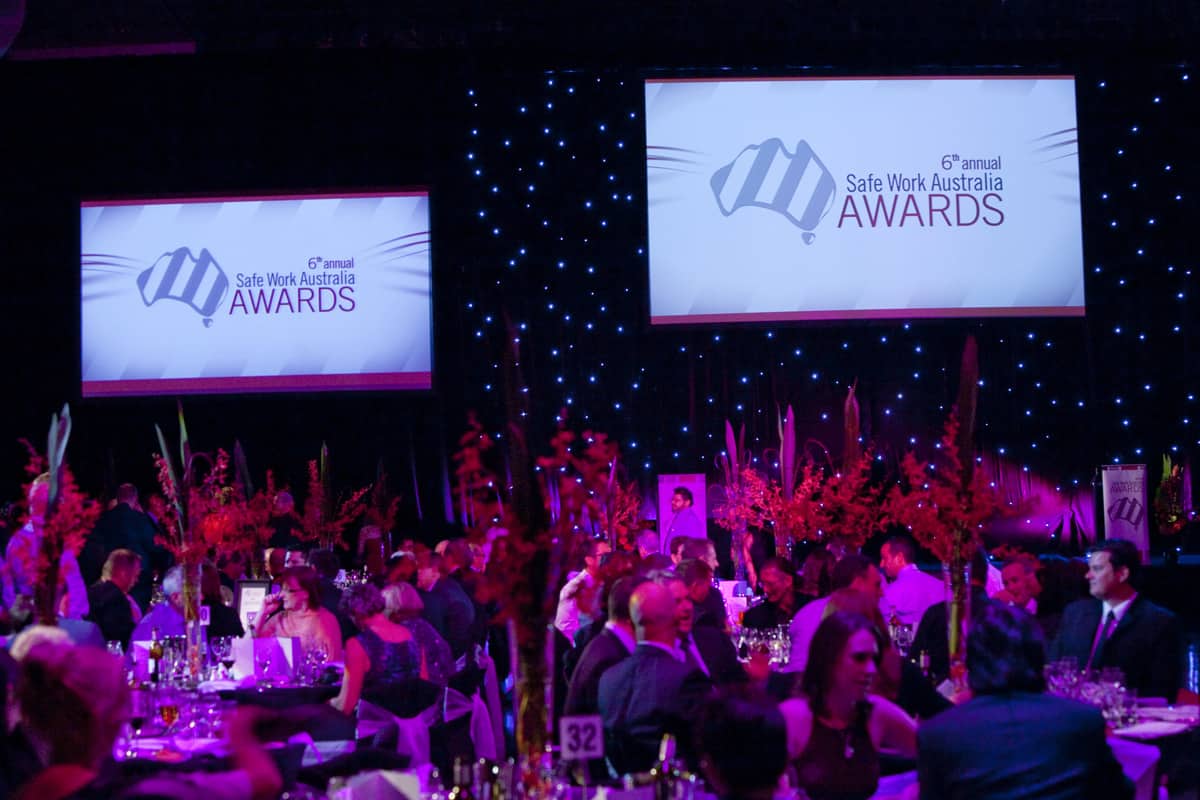Workplace safety is rarely simple or easy. It has become a standard recommendation in Australia recently for quad bike riders to wear helmets. Quad bike manufacturers recommend the wearing of helmets and some OHS regulators are making it mandatory but this should not be the end of the safety discussion. The Weekly Times newspaper on 21 September 2011 describes the current arguments occurring over the type of helmet to be worn.
It is common for workplaces to experience disputes or discussions over personal protective equipment (PPE). These discussions are necessary to ensure that the best, the most suitable, PPE is used to control a hazard. Sometimes safety eyewear can be heat-resistant sunglasses, sometimes this should be goggles. Sometime head protection comes from a hard hat, sometime from a bump cap. PPE should never generate new hazards when trying to control another.
The current discussion indicates has arisen over the wearing of motorcycle-style helmets while following a herd of dairy cows during an Australian summer. Dairy farmers say that the wearing of helmets in these conditions is absurd and farmers will choose to ride quad bikes un-helmeted instead. Continue reading “Helmet debate misses the point of safe design”


